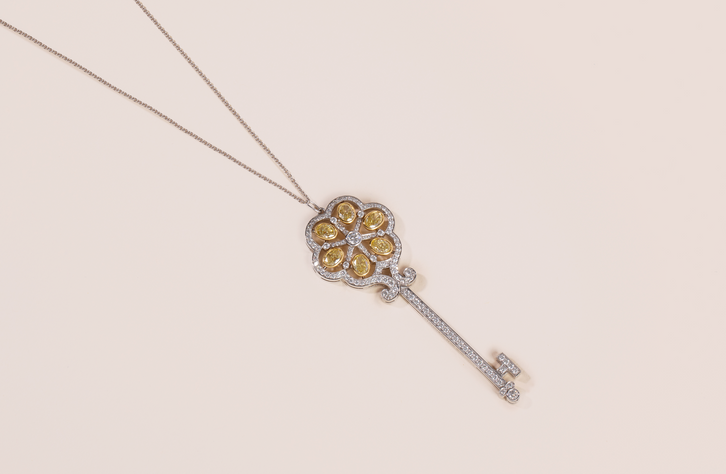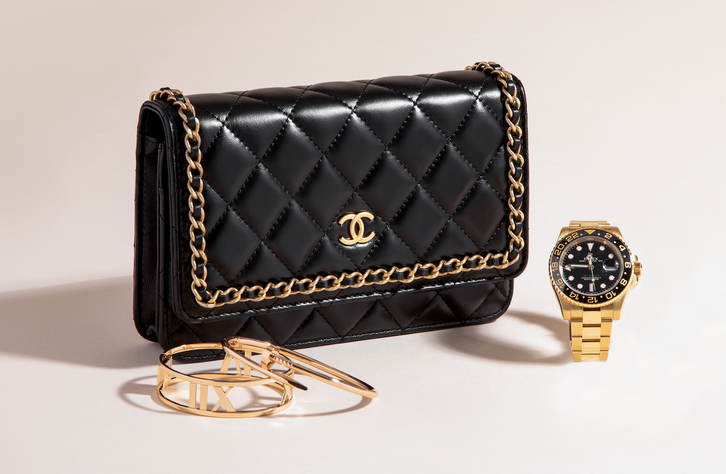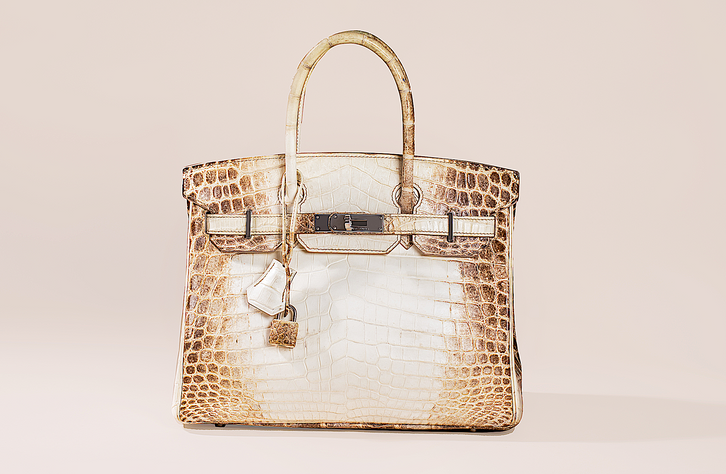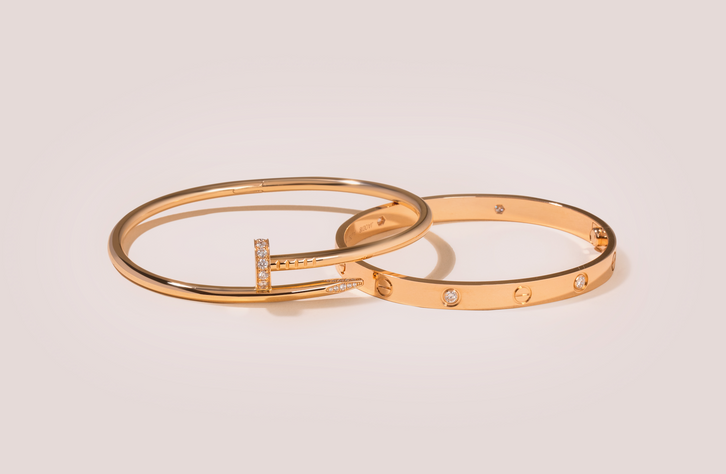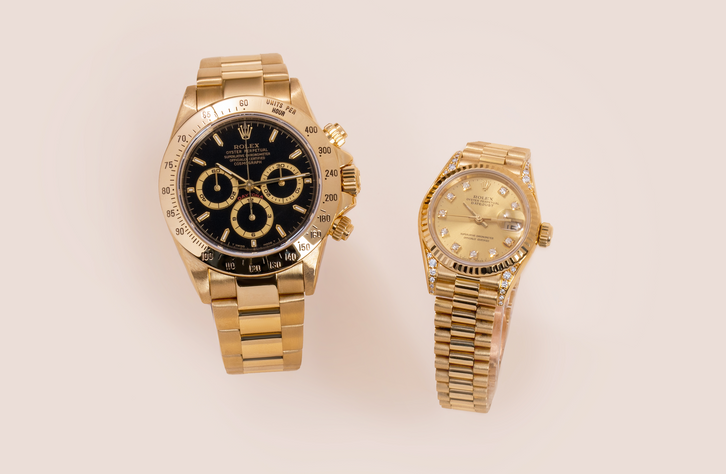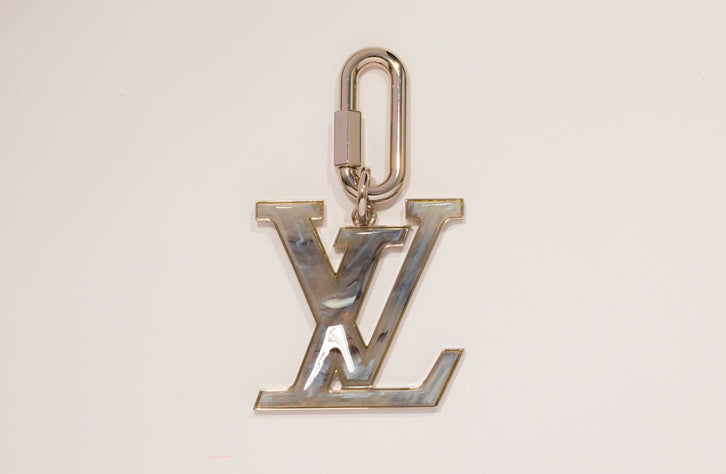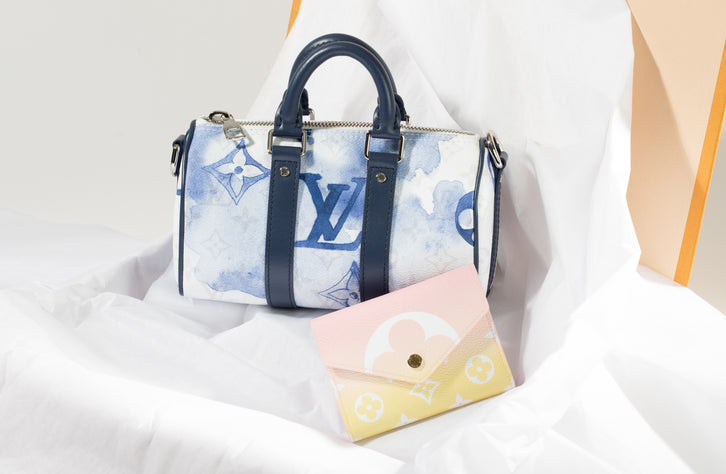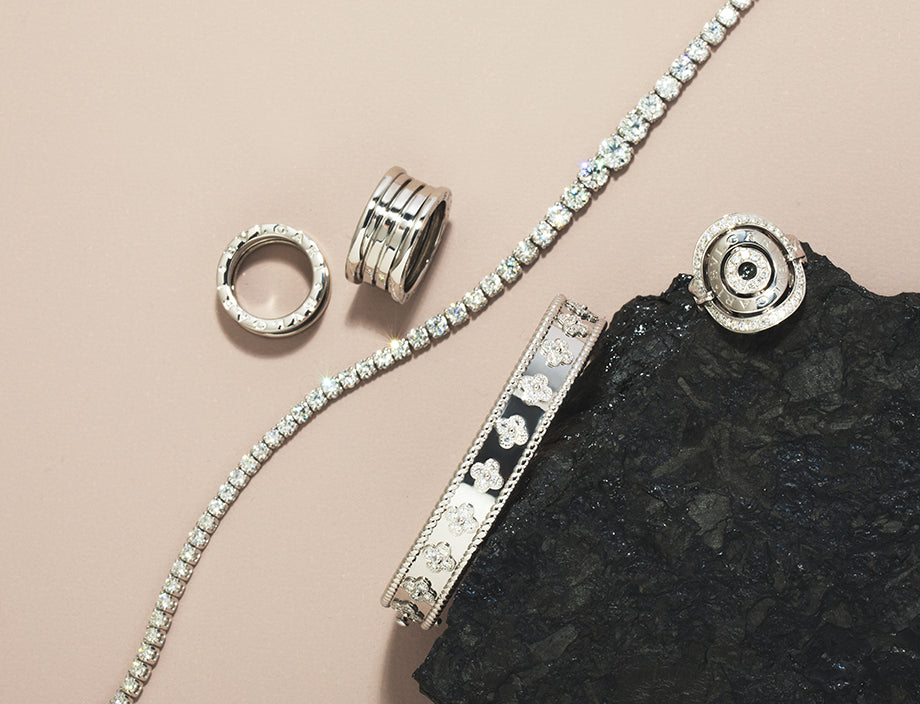The more coveted it is, the more counterfeited it is. And, since an authentic Hermès-made Birkin is currently the most coveted handbag on the planet, counterfeiters are now going to greater and greater lengths to create copies able to command higher and higher prices.
That's why we decided to share some of our secrets for how to spot a fake Birkin bag. Read on, as reveal how to tell the real from the reproduction.
How To Spot A Fake Birkin Bag?
The market for fake bags has meant that the recreations are starting to, at least at first glance, look more and more like the real deal. However, these bags do not hold any value and cannot match the craftsmanship behind a real luxury bag.
These are some tell tale signs to find out if your Birkin bag is real or fake:
1. Size
Measure the bag's width across the bottom. Birkins are standardized in 25, 30, 35, 40, and 50-centimeter sizes. (In the 1990s, Hermès also made now-discontinued mini-Birkins as small as 15 or 20 centimeters).
Today, the 30 and 35 sizes are the most popular—and the most faked. Nothing if not precise, Hermès craftsmen make the bags to that exact measurement. Fakes, on the other hand, are sometimes a couple of centimeters off.
2. Material
Whether it’s calf or an exotic leather, only the best will do for a Birkin. Which means that you might find a Birkin that’s been scratched or stained by its owner, but you will never find one that has a flaw in the original skin.
Another sign: If you spot obvious variations between the bottom and handles or between the front and back, the bag is more likely to have been mass-produced.
Birkins made with exotic skins should also have an 'exotics card', which attests to the origin and treatment of the animal, and allows the resulting product to be sold internationally.
Look for lining—especially of Togo or Clemence leather bags—to be chèvre, a glove-leather goatskin with a slight grain. If the bag is unlined or self-lined, it’s fake.
3. Stitching
Each Birkin is made from start to finish by a single craftsman who is allowed to choose the color and size of bag that he decides to make.
Using linen fiber with the merest blessing of beeswax, the Hermès craftsman sews with a tricky, two-needle technique that’s difficult to learn and impossible to fake. (Apprentices practice for up to a year before they’re allowed to sew a Birkin).
The stitching is meticulous, but it doesn’t have the uniformity of machine stitching. Put it side by side with a machine-made product and you’ll spot the differences right away.
4. Hardware
Birkins most often sport hardware plated in silvery-white palladium or gold, although bags made with high-end exotic skins also use precious metals and sometimes are studded with diamonds.
Less often, Hermès has created variations such as Jean-Paul Gaultier’s 'So Black' Birkins, which sported a special PVD coating on the hardware that turned it a rich, matte black; and, because that PVD had a tendency to chip, was discontinued soon after its debut.
Today’s market being what it is, a 'So Black' in good condition goes for roughly double its original cost.
Whatever the metal, all hardware—feet, padlock, key, padlock—should match and be smooth to the touch—including guides for the pull straps. Run your finger over the inside of the guide, if it’s rough to the touch or squared off, it’s probably a fake: Hermès would never create a metal piece that would scrape or roughen the tabs.
You can also spot a fake Birkin by checking the protective covering on its hardware. If the bag is new, it will have been shipped from Hermès with a protective cover of clear, shiny film. Fakes tend to use white or paper tape instead.
5. Feet
On the bottom of the bag, there will always be four feet that are hammered in. Counterfeiters often screw in the feet because that’s faster and easier. So, if the feet feel like something you could remove by hand, be suspicious.
Likewise, make sure they match the hardware on the rest of the bag: they should be the same metal in the same color.
6. Handles
The handles of an authentic Birkin have an upside-down U shape that stands away from the edge of the bag about five inches. Also, look for each handle’s attachment to the bag to be over-stitched to reinforce the point of stress.
7. Pockets
The inside of a Birkin has one front pocket (without a zipper) and one back pockets (with a zipper). Counterfeiters sometimes skip these or get the placement wrong. Look for a sturdy metal zipper—impossible to imagine Hermès using plastic—and be subtly shiny.
Hermès makes its own zippers, so you should never see a YKK or some other manufacturer's mark on the metal. That zipper will also have a pull tab that exactly matches the material on the rest of the bag and that tab will align horizontally, not hang down like most pull tabs. In a Birkin of recent vintage, the zipper will end in an H. In older bags, it will end with a square.
8. Date Stamps And Maker's Marks
Unlike most luxury brands, Hermès doesn't include an authenticity card. Nor does it issue serial numbers.
However, you'll want to look for heat stamping on the front of the bag that is clear and crisp, with color that matches the color of the bag’s hardware: silver-tone on a bag with palladium hardware, gold-tone on a bag with gold-tone hardware.
A code indicating the year of the bag’s manufacture used to appear on the underside of the pull strap, but is now placed inside the bag—usually on the inside top edge on the left or right.
At Hermès, a letter stands for the year of production. For example: 'A' means it was made in 2017, 'M' means it was made in 2009, etc. Birkins made from 1997 onward put that letter inside a square.
Those made from 1971 to 1996, the 26 years prior, have the letter encased in a circle. The 26 years prior to that, a pre-Birkin era, use a simple letter with no circle or square.
9. Smell
Hermès started as a saddle shop, still makes saddles, and borrows heavily from saddlers’ techniques. Expect a new Birkin to have a lovely leather smell—another perk that counterfeiters just can’t duplicate.
10. Dust Bag
Birkins always come with a dust bag, and include a matching mini dust bag for the clochette. Currently, most dust bags have a beige and off-white herringbone pattern, stamped with the maison’s Calèche logo inside a double circle.
Over the years though, the bags have been orange, brown, and off-white. Look for thick, protective fabric with a well-sewn drawstring and seams.
How To Sell Your Luxury Handbag?
Now that you know how to spot a fake Birkin bag, you may feel you’re ready for the real thing. Or you may have decided that there’s no better time to sell your own Birkin.
As always, the most practical—and profitable—way to clean out your closet is by selling luxury bags you no longer love. And the easiest way to do that is by contacting the experts at myGemma.
Since 2012, when we established a radically transparent process for buying luxury jewelry and watches, myGemma has made its name on honesty and best-in-class customer service.
That means no haggling, no high-pressure tactics, and no hidden fees. That’s why we have an A+ rating from the Better Business Bureau and have hundreds of five-star online reviews from happy customers.
If You’re Interested In Selling Luxury Bags Online:
- Start by filling out our convenient, online form to find out how much your handbag is worth. You'll be asked for photos as well as any paperwork and receipts that came with your bag.
- Once we receive your information, a client representative will contact you with a price quote.
- If you like what you hear, then we’ll send you a free, fully insured, trackable label so you can overnight your handbag to our offices. As soon as it arrives, the package containing your handbag will be opened on camera and evaluated by our in-house expert.
- Your client representative will contact you with a final offer. If you decide to accept the offer, we’ll immediately send you a wire transfer or check. If you decide to decline, we’ll return your bag without any charge to you.
Or if you prefer selling in person, myGemma offers appointments Monday through Friday from 9 a.m. to 5 p.m. at our discreet New York offices, near Grand Central Station.
Just bring your handbag with its box, dust bag, and any paperwork that may help a collector establish its authenticity and provenance. Then meet with our luxury handbag expert, who can explain how she arrived at a valuation.
If you decide to accept our offer, we can pay—immediately—by cash, check, or wire transfer. If you decide to decline our offer, you’re under no obligation to sell. Either way, the process is free.
